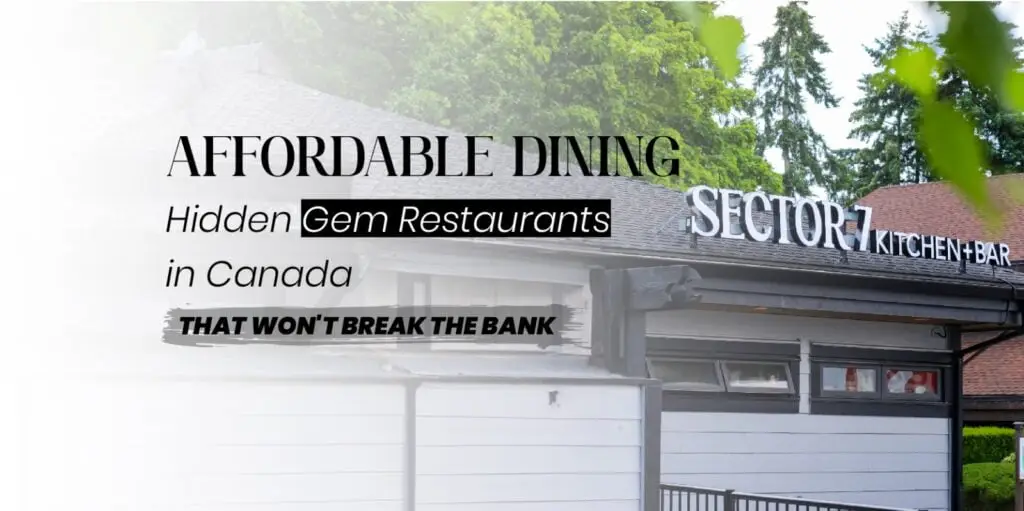Golf enthusiasts, tired of weather-dependent tee times and pricey green fees, are increasingly turning to a convenient solution: installing a golf simulator at home. With advancements in technology, bringing the golf course to your living room or garage is more accessible than ever. But before you start swinging away, it’s essential to understand the costs involved in setting up your personal golfing paradise.
The Basics of Home Golf Simulators
A home golf simulator recreates the experience of playing golf indoors by utilizing advanced sensors, high-speed cameras, and immersive software. These systems track your swing, club speed, ball trajectory, and other essential metrics to provide accurate feedback and simulate realistic gameplay.
Factors Affecting Cost
Several factors influence the cost of installing a home golf simulator, including:
1. Quality of Components:
The price of a golf simulator largely depends on the quality of its components. High-end simulators feature advanced tracking technology, high-definition screens, and realistic course simulations. Cheaper options may compromise on accuracy and graphics quality.
2. Space Requirements:
The size of the space available for installation affects both the cost and feasibility of a home golf simulator. Larger areas allow for more freedom of movement and accommodate bigger screens or projector setups.
3. Additional Features:
Some golf simulators offer additional features like multiplayer capabilities, course libraries, and virtual coaching. These features can enhance the overall experience but may come at an additional cost.
4. Installation:
Professional installation ensures that your simulator functions correctly and integrates seamlessly into your space. While DIY options exist, hiring experts may incur extra expenses but ensures optimal performance.
Cost Breakdown
1. Simulator Hardware:
The core component of a golf simulator is the hardware, which includes:
- Launch Monitor: Tracks ball flight and club data.
- Impact Screen: Displays the virtual golf course.
- Projector or Screen: Displays the simulation.
- Simulator Software: Runs the virtual golf courses and provides feedback.
High-quality simulator hardware can range from $5,000 to $50,000 or more, depending on the brand and features.
2. Room Renovation:
Converting a space into a dedicated golf simulator room may require renovations such as:
- Flooring: Optimal flooring for golf simulators is usually carpet or turf, which costs approximately $1 to $4 per square foot.
- Lighting: Proper lighting is crucial for accurate tracking. LED lighting solutions can range from $100 to $1,000 or more.
- Soundproofing: Soundproofing materials help reduce noise disturbance and enhance the immersive experience. Costs vary based on the size of the room and materials used.
3. Accessories:
Additional accessories like golf clubs, mats, and seating can add to the overall cost. Depending on personal preferences and requirements, these accessories can range from a few hundred to several thousand dollars.
Conclusion
Installing a home golf simulator offers convenience, flexibility, and endless entertainment for avid golfers. While the initial investment may seem significant, it pales in comparison to the long-term savings on green fees and travel expenses. By understanding the costs involved and carefully selecting components that align with your budget and preferences, you can create a home golfing experience that rivals any country club. So, tee up and swing into savings with your very own home golf simulator!




